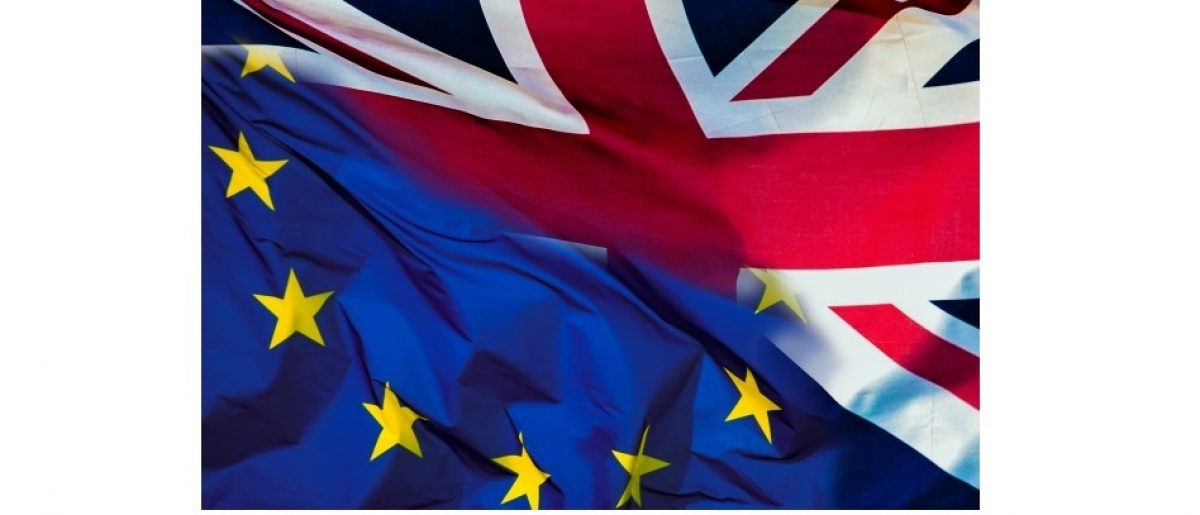
What’s Next for Brexit?
Not much can be done until Parliament votes on whether to ratify the Brexit deal negotiated by the Prime Minister. This vote, widely known as the ‘meaningful vote’, was due to take place on 11 December. However, the Prime Minister pulled the vote after it became apparent that it would not be approved. The Prime Minister has moved the vote to the 15th January, hoping to use the extra time to convince enough MPs to back the deal.
It remains unclear if, or how, the Prime Minister will get her deal through the Commons. With her allies in the DUP insisting that they cannot support the deal due to the backstop arrangement, as well as many Conservatives openly rebelling against her, the Prime Minister appears to lack the numbers to get the deal ratified.
What does the Deal Mean for Britain?
If approved, the UK will move into a transition period on the 29 March 2019, lasting until 31st December 2020. During this period, the UK will remain within the Single Market and Customs Union, a move which is designed to minimise economic impact while Westminster and Brussels work out the practicalities of their future relationship. However, the UK will not remain in the decision-making bodies which govern the Single Market and Customs Union, meaning that the UK will be a ‘rule taker’ for a time.
The Northern Ireland ‘backstop’ provides an economic safety net which protects the Irish Common Travel Area and the UK’s trading relationship with the EU in the event that a formal agreement is not reached before 29 March.
The backstop places the UK in a temporary Customs Union but isolates Northern Ireland from Great Britain by keeping it in the Single Market. In this arrangement, the UK cannot negotiate its own international trade deals, and cannot leave the arrangement unilaterally.
Other stipulations are made on issues including fishing, the jurisdiction of the European Court of Justice, and a political declaration on the future relationship, which is a non-binding statement of intent from both sides on what they want future UK/EU cooperation to look like after the transition period.
What if Parliament Rejects the Deal?
Following an amendment passed by MPs on 9 January 2019, the Government will now have to publish its ‘plan B’ within three days of the deal’s rejection. This opens the door for the government to pursue alternatives to leaving with no deal, although it is difficult to predict which way the government will want to go.
The most widely debated alternative is a referendum, either on the deal or on the decision to leave altogether. Given the time frame between now and the 29 March, the chances of a second referendum are diminishing, especially when there is no clear consensus on what the question would be – for perspective, the 2016 EU referendum took 56 weeks to organise, from bill stage to voting day. Realistic predictions for an emergency referendum suggest it could take at least 21 weeks to produce.
Labour leader Jeremy Corbyn has also suggested that he will push for a general election by holding a vote of no confidence in the Prime Minister – what happens after that depends entirely on which party wins, and by what majority.
There is also the possibility that Article 50 could be extended. An extension would have to be approved the 27 other EU member states, and Theresa May has warned that this would invalidate the Brexit deal and talks would have to be reopened, although it is unclear if the EU have told her this directly. The UK can even halt the Article 50 process altogether, without the agreement of other member states.
The scenario which both sides seem to want to avoid is a ‘No Deal’ exit, meaning that the UK would leave the EU, the Single Market and Customs Union on 29 March 2019 without a transition period in which to negotiate a new trade agreement with the EU.
What Happens if We Leave with No Deal?
Default WTO tariffs will immediately apply to any goods which cross the UK border, in any direction. Of course, the UK is free to sign trade deals that change this and can drop tariffs on imports so that businesses are not discouraged from selling their goods here – but the UK will not have control over tariffs placed by other states, including the EU, on British imports.
There are also ‘non-tariff barriers’ to contend with, such as product standard checks, licence checks, foreign exchange controls and so on. These processes place an administrative burden on the businesses which must comply with them and makes cross-border trade much slower. The UK could agree a mutual recognition of standards and licences with its trade partners to avoid this, but until that happens governments are entitled to insist that these checks are carried out.
It is unlikely that this arrangement would be permanent, as it is generally in everyone’s interest to seek more favourable trading terms than these. Nonetheless, businesses will have to adapt to a new regulatory environment.
Are We Prepared for a No Deal Brexit?
Whitehall began releasing technical notices and other Brexit guidance in August 2018 – this form of preparation began to accelerate in December 2018. This included the publication of further technical notices and guidance to businesses, assistance to ports and traders to help them prepare their supply chains and additional funding for government departments.
The government estimates that it will send over 80,000 emails to businesses and business groups and write letters to 140,000 firms updating them on what they should do to continue trading in a No Deal scenario. The Department for Transport has even simulated No Deal lorry traffic jams to test the preparedness of customs infrastructure. Despite the effort that the civil service has made to prepare the UK for a No Deal Brexit, it is uncharted territory and could present unforeseen challenges.
If you have a query about how technical notices and other No Deal Brexit preparations may apply to your business, please get contact with enquiries@rmif.co.uk.
